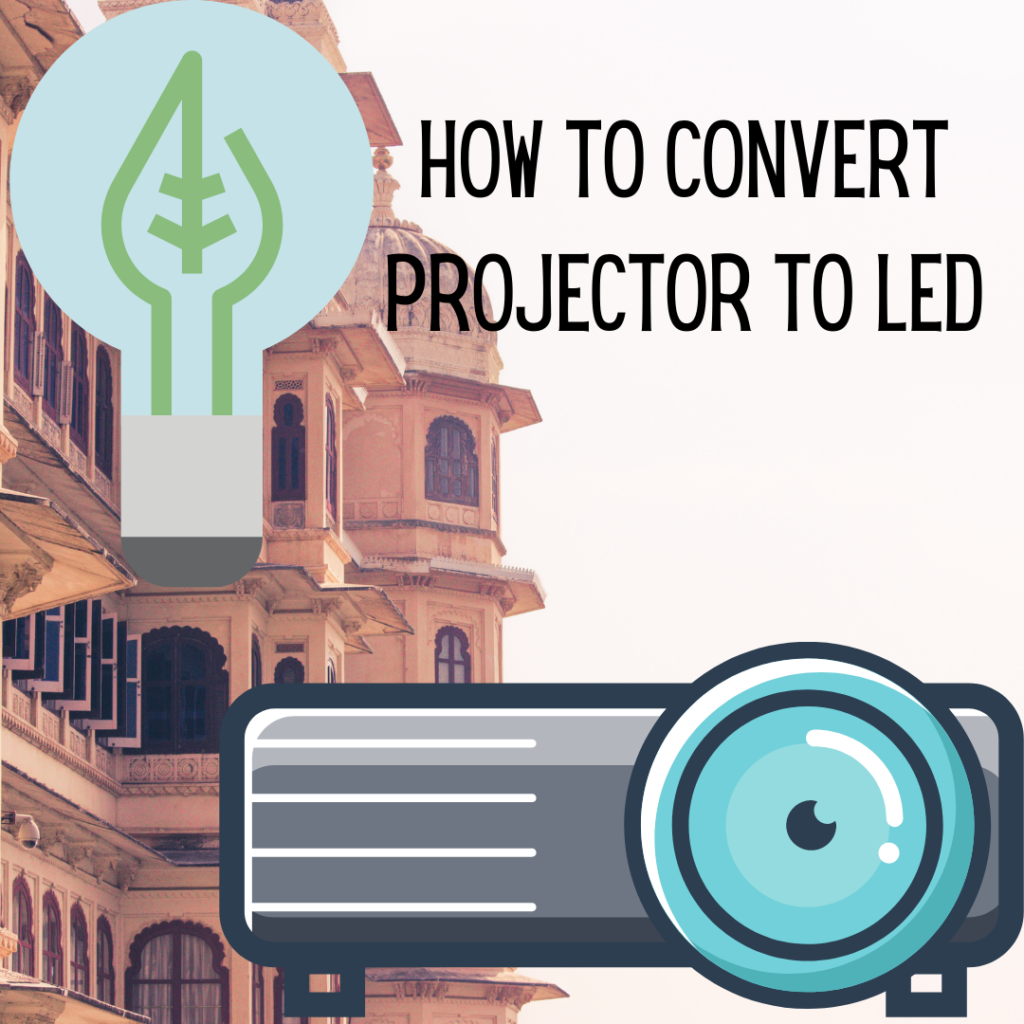The Internet holds a lot of replacement (halogen) information on bulbs. Due to that reason, the bulb’s dimension, light intensity, and other data were not challenging to track down.
We would need to construct a light holder to keep the light fixed. On the other hand, we have to keep the color stream focused at the correct height – into the lens system. Accessible space is fundamentally 50mm in a cube, even though almost 80mm in length is available from the light base (height-wise).
The light ‘color’, either warm or cold, is dependant upon individual taste. Anyway, why not get closest to the initial value – being 3200 K. That is just focused on the range between warm or cold color, which means yellow or hard light, where 6000 K is cold.
The latest recording cameras auto-correct the Kelvin temperature. Thus, for digitizing, one does not have to take much consideration in adjusting the color temperature.
Lux or lumens is the strength of the light discharged. It must not be mistaken for the bulb’s power usage– for this situation, and the halogen bulb was 50 Watts (W).
We recovered on the halogen bulb because the projector lamp was 8V, 50W, 6.25A with Tungsten, Reflector cover. Its Sockel was P 30 S, A1/17 (LIF) with ANSI CXR/CXL. The bulb was RT14 in shape with a base of P15S30 single contact (15mm Pre-Focus Collar). It has a life expectancy of 25 hours (usually) with a Kelvin temperature of 3200K. The Luminous Flux was recorded to be a day and a half with a T9.5 bulb shape.
The chosen light runs at 8 V and does not create any warmth. At least, not more than that to hold in hand. The lamp is rated at 12 Volts, but it can run fine at 8 V. It has inside itself an exchanging unit, which means it does not make any difference how the wires are associated with it in DC. That makes us figure that it could not care less if it is AC or DC (which the user manual commands). The luminous intensity of the bulb is 500 candela with 230 lm, @ 36º.
Having realized how the LED light looks and at what height the light beam ought to be situated, the remaining was to sort out an appropriate design for the holder. Using SketchUp, a 3D model can be designed according to needs. To replace the projector bulb with led, one must create an appropriate holder for it.


